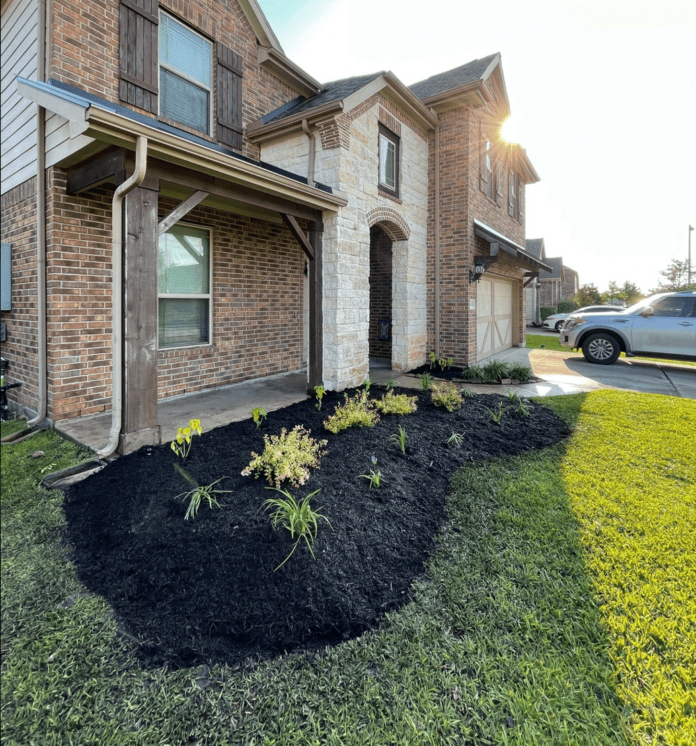These principles create visual unity, while also allowing for diversity. The most common patterns are short-high-short, small-big-small, and square-round-square. Each of these principles boosts visual appeal and is used in varying degrees to create stunning landscapes. Balance is achieved through formal or informal symmetry.
Simplicity
In landscape design, simplicity is one of the most important aspects. Many people mistake simplicity for being boring. This isn’t necessarily true. Landscapes can be complex, with elaborate architectural design and intricate lighting, but many of the best ones don’t use too many colors, shapes, or curves. It’s all about finding the right balance. When you’re using colors and textures, remember that they should complement one another, not clash with one another.
It’s important to keep your landscaping simple, as it’s easier to manage a flow and transition between elements. Excessive detail can cause problems and require modifications, so keep things simple. Simplicity also makes focal points stand out more. It prevents changes you don’t need and keeps the space free of unnecessary elements. Here’s how to achieve it. If you’re having a hard time deciding, consider a minimalist design for your landscape.
Rhythm
Rhythm is a principle of synchronization. This principle refers to the way objects in the landscape relate to each other. Often, this is achieved by creating sequences and patterns. But, there is a fine line between repetition and monotony. Repetition in landscape design should be moderated. For example, one should avoid overlapping the same types of plants in two or more locations.
Repetition and transition complement each other when used in landscape design. Repetition, for example, is used to create a pleasing, balanced landscape, while transitions help achieve a three-dimensional effect. As the viewer moves through the composition, each element creates a path for the eye. Rhythm is another principle of landscape design that complements the use of color and form. It is also important to consider scale and proportion to achieve harmony.
Interconnection
A good landscape design uses a variety of elements to create harmony and balance. Objects must be placed in a way that promotes the flow of visual attention and regulates lines to create unity in the landscape. Different elements are positioned at varying heights and distances. The scale of a landscape element relates to its value relative to a fixed structure. Scale is closely linked with color, and high and low scales promote action and relaxation, respectively.
As the name suggests, interconnection refers to the physical linking of various features. This linkage should be seamless so that all parts of a landscape blend into one another. This is especially important with hardscape, which organizes the garden spaces. Lines are an important part of interconnection because they create unity. When the lines connect different areas, it creates a sense of unity. This principle is important in any landscape design.
Scale
Landscape designers have been using the principles of scale since ancient times. They have used symmetrical balance and informal balance to create harmony and equal visual appeal. Formal balance is associated with symmetrical figures, while informal balance makes use of asymmetrical forms. Both principles of scale have advantages and disadvantages. In informal balance, objects in a landscape must be proportionate to one another and should work well together.
Scale also has a calming effect and can evoke an emotional response. The scale of a landscape element compared to a fixed structure is known as the proportion. When a landscape feature is large or small, it may draw attention to itself and distract from other areas. Conversely, a smaller-scale object might make a viewer feel relaxed or energized. To use scale properly, it is important to think about the use of the space.
Transition
The principles of transition apply to both the composition and nature of space. In landscape design, a transition occurs when one area becomes larger or smaller than the other. A transition can be made in a gradual manner so that the whole area maintains a sense of rhythm and harmony. As an example, a landscape may stair-step down from a large tree to a small shrub. The same principle applies to the transition of texture, mass, form, color, and more.
The transition principle is an important aspect of spatial organization, and a good example of this is the relationship between a space and its surroundings. Spaces of different sizes tend to assume different levels of importance. Likewise, different uses require different square footage, which is a crucial consideration when determining landscape features. This principle allows the landscape to have different levels of importance, even within the same space. And because of its value in determining the scale of landscape elements, it is worth mentioning.
















